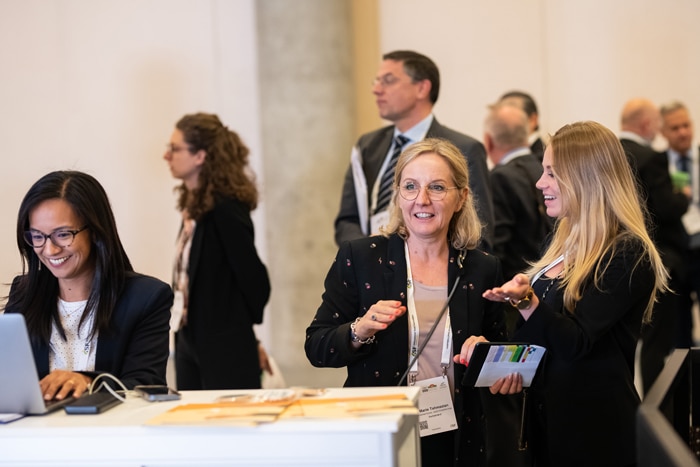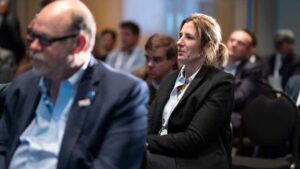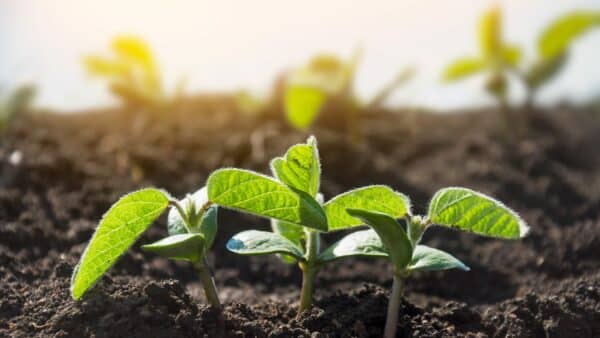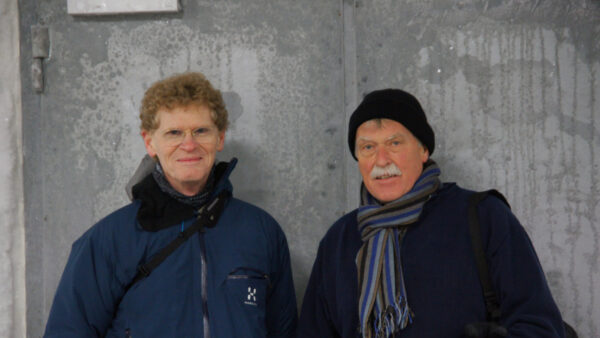The seed industry, and agriculture in general, is still largely male dominated, but with continued focus, the International Seed Federation (ISF) is hopeful we’ll see a more balanced and equitable industry.
“We need to give women a seat at the table and work towards the equal contribution of women and men to every dimension of life, whether in the home or professionally,” says Marie Tahmazian, finance and member engagement manager for ISF.
According to data from the United Nations Statistics Division from 2020, the majority of reported countries in the Asia and Pacific region have less than 30% of female senior or middle management positions in government, large enterprises and institutions.
“I would say the trend of our member companies reflects the overall trend of organizations in the Asia Pacific region, which has relatively more women in management positions compared with other regions, as referenced to UN’s Sustainable Development Goals 5’s Indicator 5.5.2, concerning the proportion of women in managerial positions,” says Kanokwan “May” Chodchoey, executive director of the Asia and Pacific Seed Association (APSA).
In addition, there is a noticeable increase in the percentage of women in the agricultural workforce, particularly in Asian countries. Over the past five to 10 years, though the number of women in leadership positions has been slower to change.
“I believe that by working together to promote SDG 5, we can create a better trend in the next five to 10 years,” Chodchoey says.
For Lorena Basso, the question is not “why,” but rather “why not?”
“Culturally, when we think about the commercial and production sides of the seed industry, we often think of heavy machinery or working outside in the field with growers. We say, ‘I need to hire a sales guy,’ but why not a sales woman?” Basso, president of Semillas Basso Argentina, asks.
This is something she’s seen reflected at ISF congresses as well.
“The Congress has two parts, and in the regulatory and breeding side of the industry, women are much better represented. But in the commercial and production working groups, this is where we typically see all men,” Basso says.
Future Focus
Chodchoey is excited about the ISF Women in Ag luncheon.
“It’s an excellent way to raise awareness in the industry and encourage women to network and share their experiences,” she says.
The preliminary response to the luncheon has been overwhelmingly positive, with many individuals and organizations wanting to be involved.
“We’ve had lots of interest, even companies contacting me directly because they saw it on program and want to contribute. I think that is a very good start and very encouraging,” Tahmazian says.
Leaders are hopeful this luncheon will be the first of many and perhaps even a jumping off point for more mentoring and networking opportunities in the future.
“We could hopefully set up a kind of mentoring, where we organize some virtual follow ups between mentor and mentee in order to create a real network of exchange for women in the seed business,” Tahmazian says.
Chodchoey also believes strongly in mentoring programs, something APSA has embraced.
In addition to Chodchoey, APSA has three women executive committee members, and 25 women
representatives on the technical committees who both formally and informally serve as mentors for female personnel in their respective organizations.
“This is an especially important factor to ensure the fruition of efforts and commitment of the seed industry and society as a whole,” Chodchoey explains.
Basso has also seen small choices have a big impact.
“We still have a lot of work to do, and it isn’t always a formal process,” she says. For example, when she needs to schedule a speaker for an event, she tries to encourage a young woman to step into that role in an attempt to continue handing the mic to these underrepresented demographics.
“It’s important to push this issue and challenge how we traditionally think about women,” Basso says. “If you want something to change, you have to work for that.”
Make sure to read part one of this piece.











